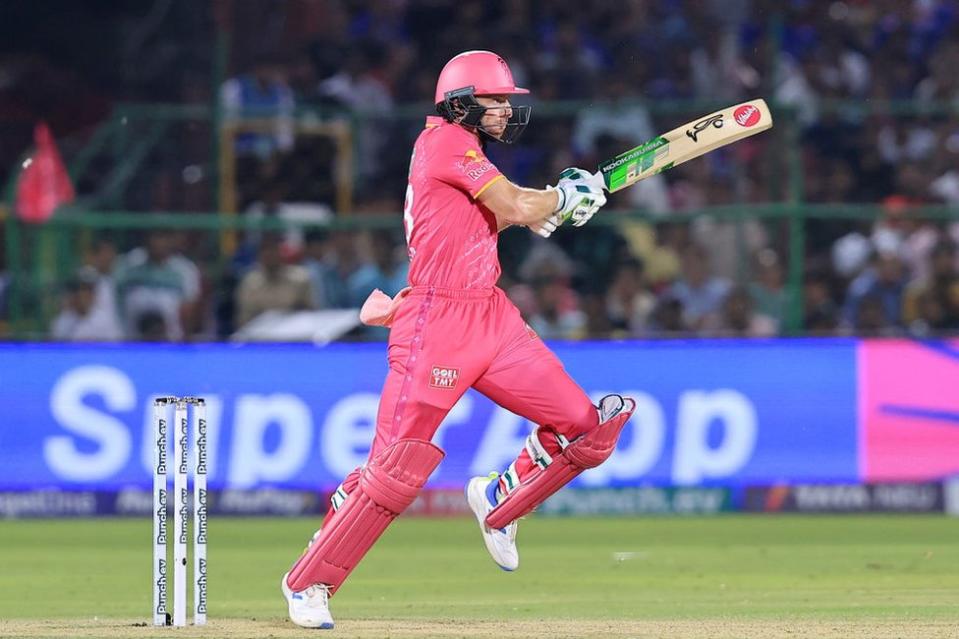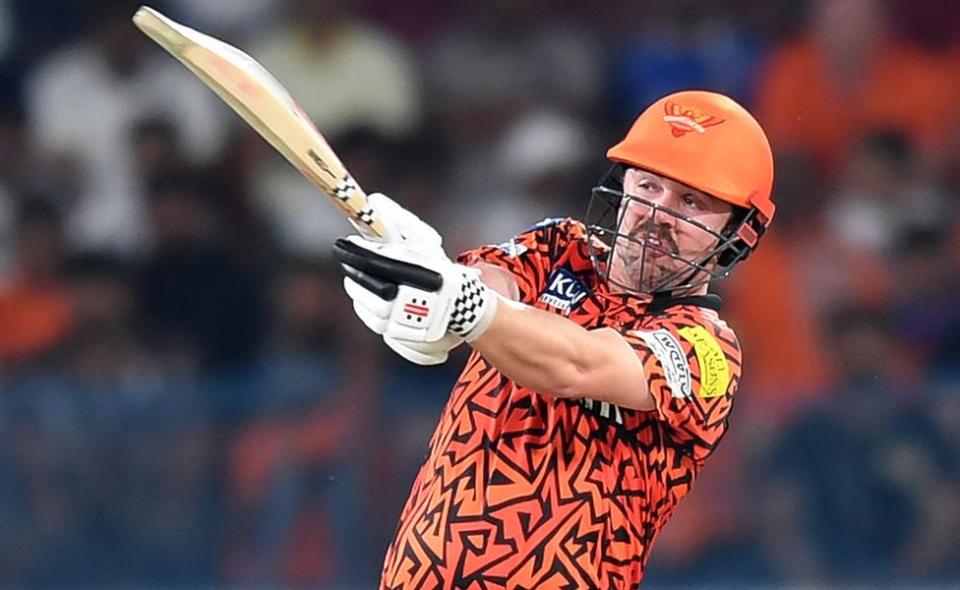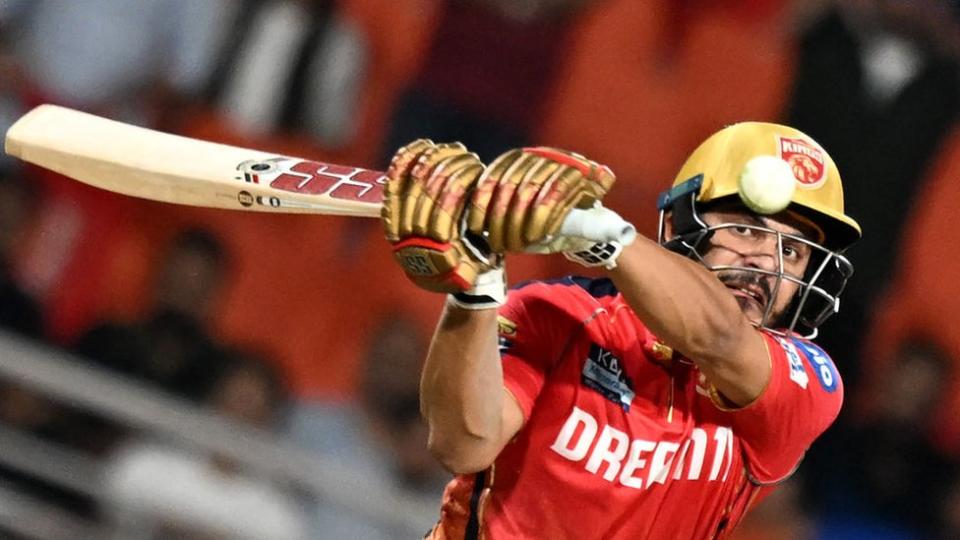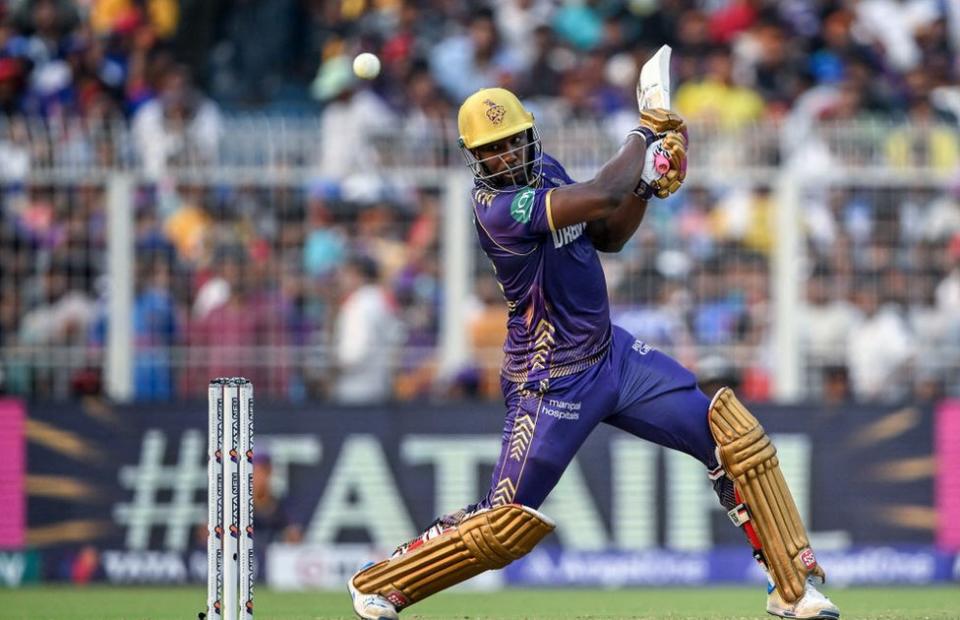IPL: The batting blitz turning cricket into baseball

There's been carnage and plunder in the Indian Premier League (IPL), the world's richest cricket tournament, this year.
At grounds across the country, batters are throwing caution to the winds, unleashing big shots without mercy and turning virtually every match into a six-hitting festival. This is leaving bowlers hapless, confounding experts and fans about where Twenty20 cricket is headed.
Look at some of the numbers highlighting the batting mayhem witnessed so far.
After the 39th match of the season between Chennai Super Kings and Lucknow Super Giants on Tuesday night, a total of 1,191 fours and 686 sixes had been struck.
In comparison, IPL 2023 recorded 2,174 fours and 1,124 sixes. Even with less than half the current season remaining, it's reasonable to expect last year's figures to be easily exceeded.
The increase in fours and sixes has correspondingly boosted team totals.
In the early IPL seasons, a score of 150-160 was deemed competitive, but today it often leads to defeat in eight out of 10 games. To illustrate the shift in scoring patterns, consider Yuvraj Singh's six sixes off Stuart Broad in the inaugural T20 World Cup in 2007, where India totalled 218 - a monumental achievement at the time. However, 16 years later, team scores of 200 have become routine.

In the 39 matches of this IPL season up to Tuesday, teams have surpassed the 200-run mark 19 times. Aggregate scores have exceeded 400 runs nine times, with two matches astonishingly surpassing 500 runs!
There's more.
The average run rate this season hovers around 10 per over.
Unfancied Sunrisers Hyderabad, who have been in record-breaking overdrive since the start of the season, clobbered an unprecedented 125 runs in the first powerplay (six overs) against Delhi Capitals which translates into a mind-boggling 20.83 runs per over.
The Sunrisers have scored more than 250 runs in an innings thrice this season, with a whopping 287 against Royal Challengers Bangalore, an IPL record suggesting that the 300-run landmark is in danger of being overhauled, perhaps this season itself.
T20 cricket, by nature, guarantees high-octane action. Batting demands relentless stroke play, where even a dot ball is unacceptable. Batters are tasked with maximising run value per delivery, granting them unrestricted freedom to hit. Despite the risks that this strategy brings, the run-scoring, fuelled by boundaries and sixes, has been exceptional this season.
What's influencing such explosive batting?

Flat pitches for one.
As a thumb rule, pitches for white-ball cricket, ODIs and T20, are curated to be benign, rather than "sporting" the world over. Because T20 holds out the promise of spectacular action, big shots have become a staple of the format - for fans, broadcasters and sponsors - and everything is done to facilitate this. Unlike in other T20 leagues, the IPL takes this seriously enough to ensure that pitches remain strongly batting friendly.
However flat tracks are not the only hurdle bowlers face.
Batters have become fitter, stronger, and more importantly, adventurous, particularly young players weaned on T20 in their formative years. They take more risks, attempt more spectacular feats to win matches, to stave off competition or for greater recognition and reward.
Some rule changes have also contributed in diminishing the role of bowlers.
For instance, the introduction of the Impact Substitute this IPL season has afforded coaches and captains the option of bringing in a player at an opportune time. It's an interesting improvisation, and even a bowler can be brought in as an Impact Sub. But the trend so far favours players who extend batting depth and heft.
An old cliché goes that cricket is a batter's game. But whether this growing imbalance between bat and ball is good for even T20 is the hot debate on the cricket circuit currently.
Interestingly, former India captain and batting great Sunil Gavaskar puts his weight behind bowlers in this scenario. "If it gets so-one-sided, it takes away from the contest, reduces interest," he says.

Gavaskar's big peeve is about the boundary distance being reduced from the conventional 75 yards to 65 or even lesser.
"A bowler forces a mistake from the batsman but is penalised because the boundary has been brought in. What could have been a catch results in six runs!" he fumes.
Given the proficiency of modern bats, even mishits can travel considerable distances, justifying Gavaskar's concern.
Equally intriguingly, former South African pace bowling great Dale Steyn sees the situation as one which challenges the skills and temperament of bowlers. "There's opportunity and incentive for bowlers to become heroes in four overs," says Steyn.
T20 skill sets and mindsets have shifted dramatically from the orthodox and continue to evolve. This demands players across all departments to be dynamic, proactive, and creative.
But the balance between bat and ball has to tend towards equal if T20 is not to become a fusion of golf and baseball masquerading as cricket.

